Is there an association between plastic consumption (by animals), quality of meat and public health?
Is there an association between plastic consumption (by animals), quality of meat and public health?
We would like to bring to your attention a documentary that appeared in the NTV (Kenya) on 21st August 2017 as part of a short baseline study between UNEP and the ILRI-ZED Group and which can be accessed at the video at end of this post:
Cases: It is noted that out of 100 animals that are slaughtered 10-15 have plastic materials in their rumen with cases prevalent among animals reared in the urban and peri-urban areas.
Seasonality: Mainly an issue during dry periods due to scarce food
Impact to animals: Plastics lodge in the rumen of the ruminants and thus affecting the normal motility of the rumen. The impaired motility of the rumen results to poor nutrient absorption and altered normal feeding with consequent poor weight gain and diminished health status.
Impact to humans: The public health implications is an area that is further being explored.
Your feedback on this subject is welcome (send us your feedback through our Contact Page )
The video clip originally appeared on the Kenya NTV YouTube channel available at this: https://www.youtube.com/watch?v=1eHcZ2mPvbs



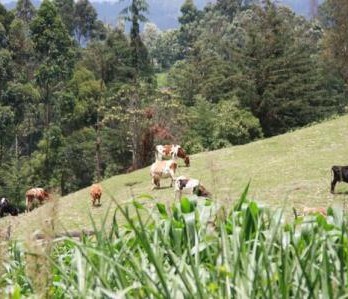

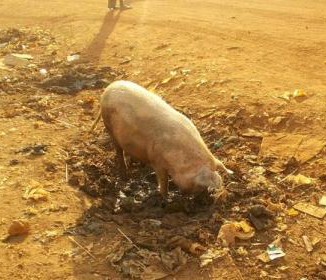
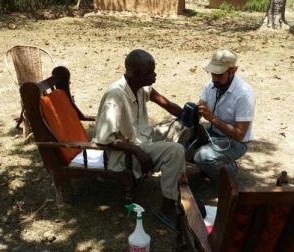
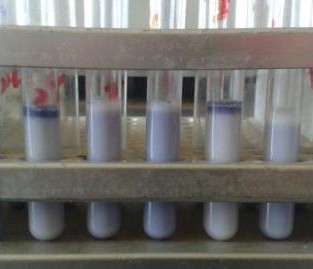
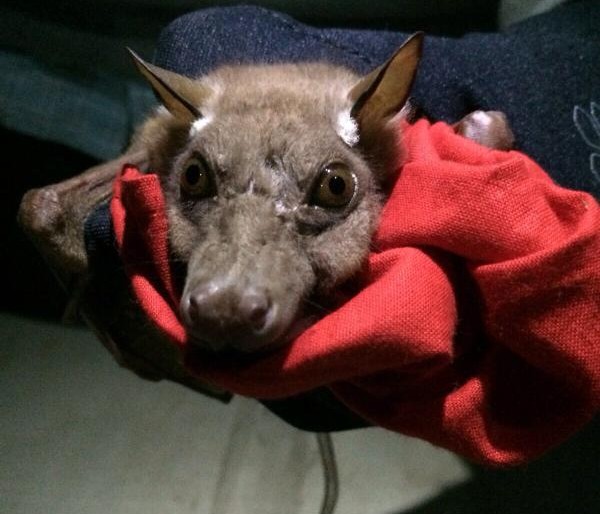
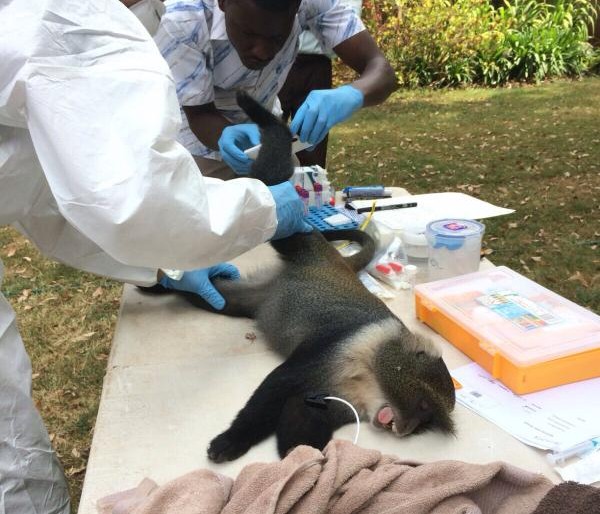
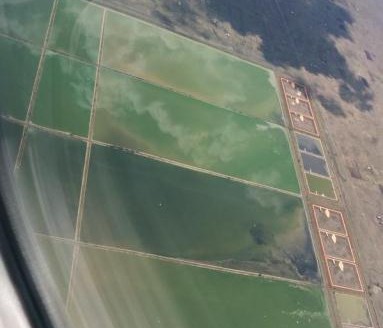
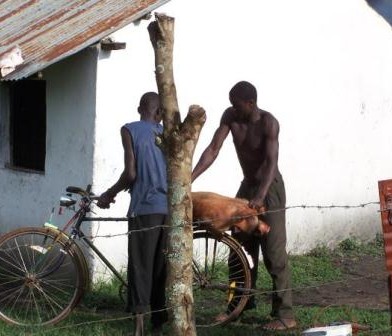
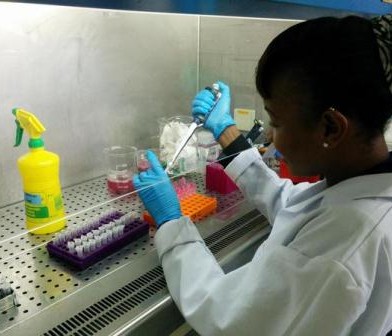
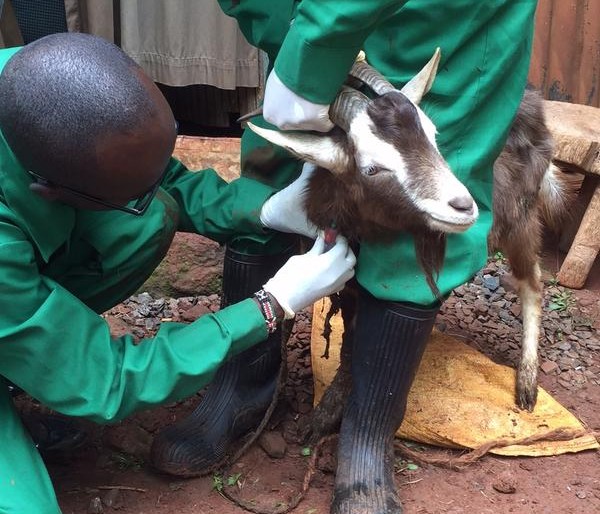
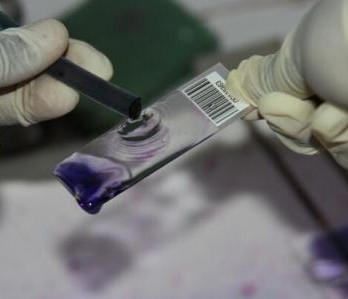
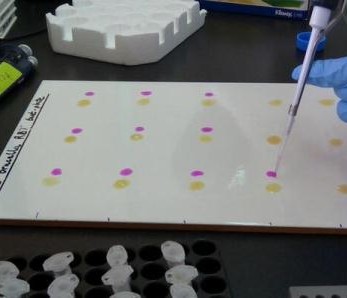
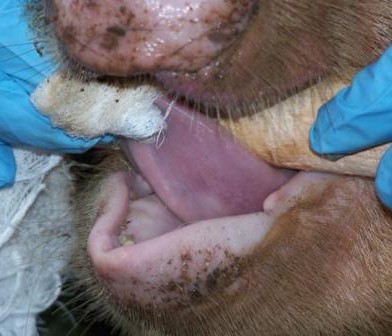
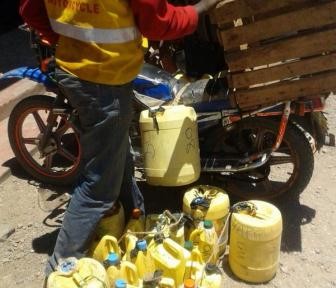
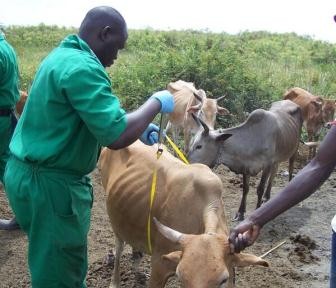
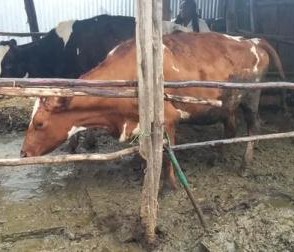
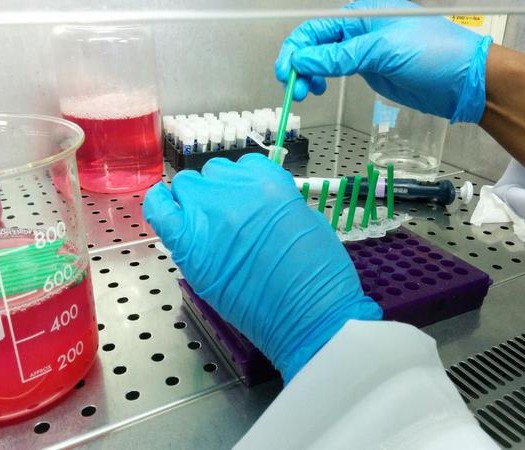
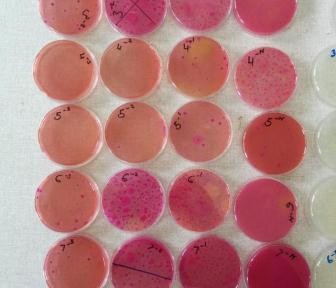
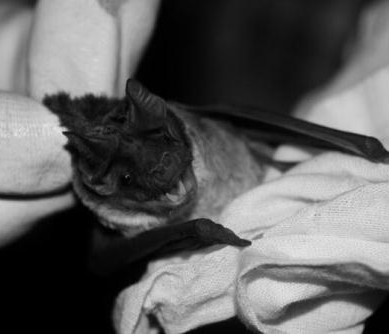

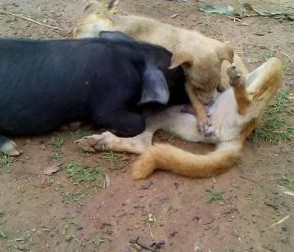
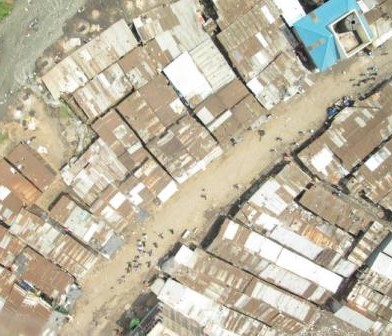
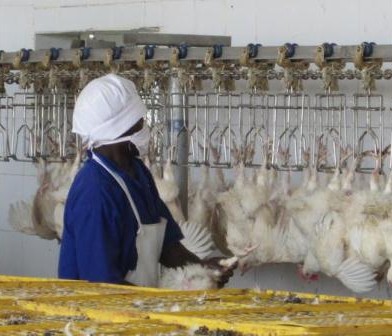
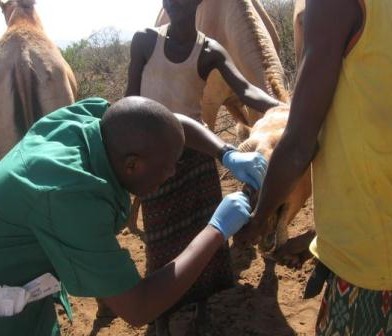
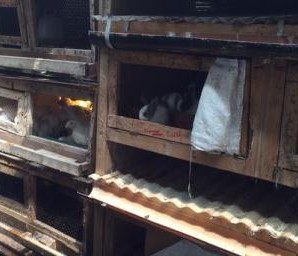
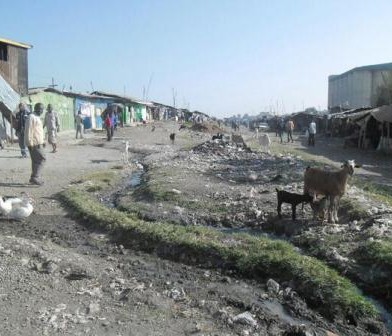
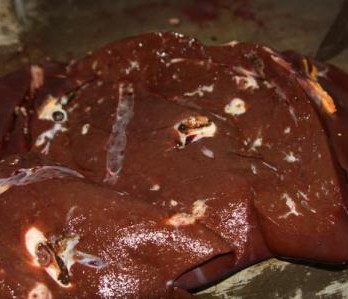
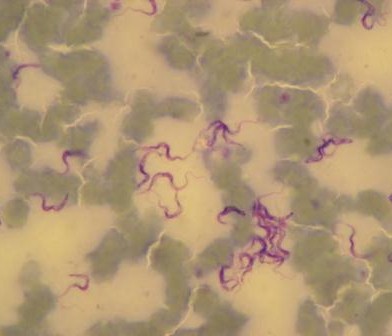
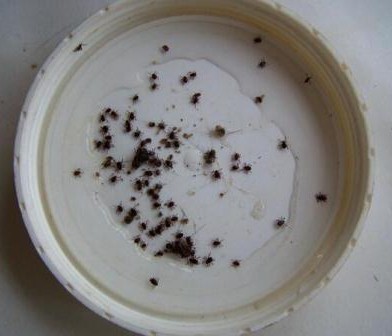
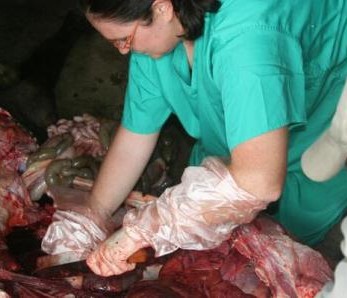
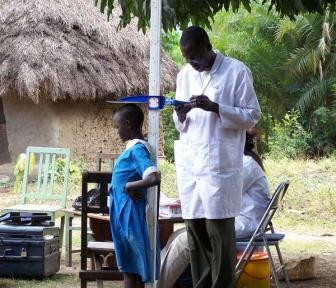
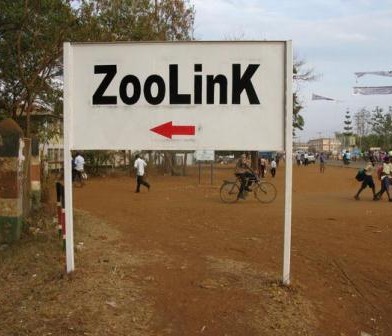
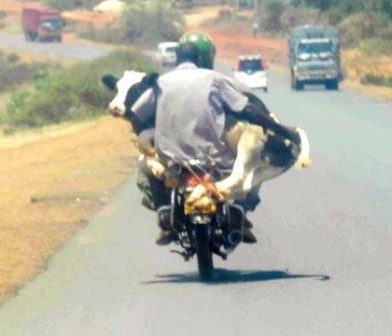
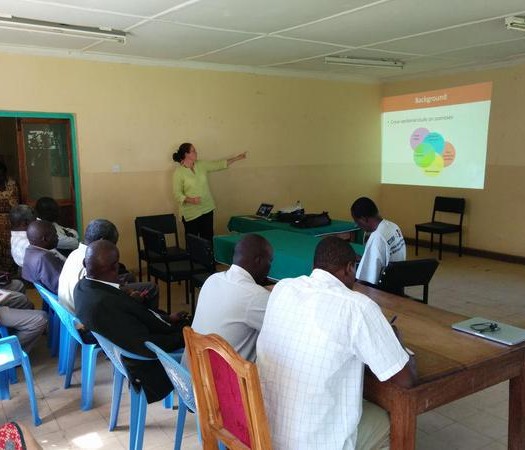
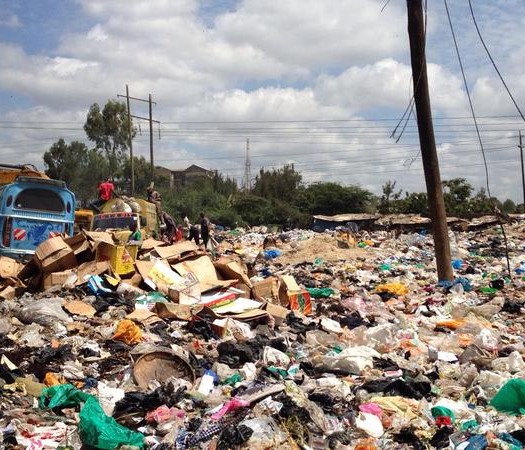
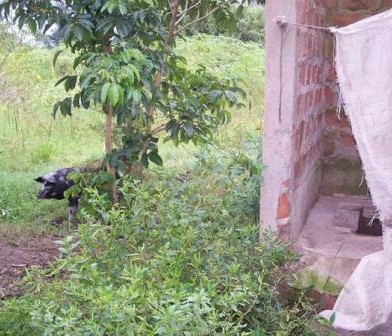
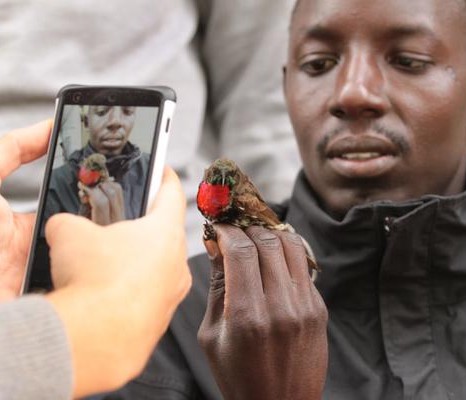
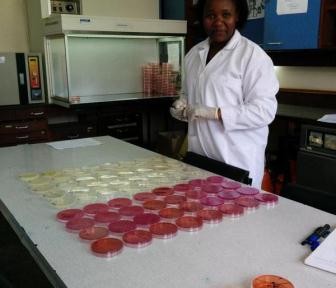

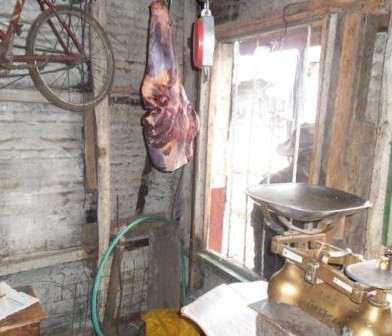

You must be logged in to post a comment.